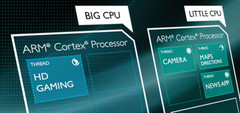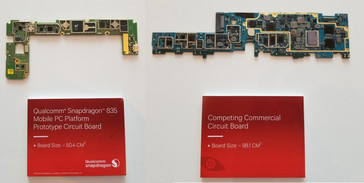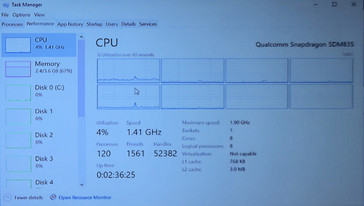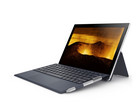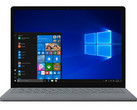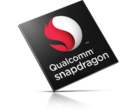Most PCs use x86 CPUs while most smartphones and tablets use ARM (previously non-x86 compatible) CPUs. At least, that's how it was before Qualcomm introduced Windows 10 running on a Snapdragon 835 via their own x86 instruction emulation technology. Much of the promise of full Windows 10 running on an ARM chip is that it's going to be the same Windows experience on a regular PC — likely to quell fears of a reprisal of the failed Windows RT for ARM platform, which couldn't run native x86 apps. MS Power User has cleverly pointed out that that there's something that could be quite different about Windows 10 on an ARM CPU: ARM's technology that uses low-powered cores for light tasks and saves high-performance cores for heavy tasks, called big.LITTLE.
Most of ARM's leading chips use this technology, which allows a mixture of high-performance and power-sipping behavior from the same chip and results in the impressive stamina smartphones and tablets are known for. For example, the Snapdragon 835 has 4 high-performance cores and 4 low-power cores. In contrast, a standard PC has no specialized cores. They will be parked when idle to reduce power drain, but once a task is activated and the cores un-park, power consumption will drastically shoot up until the task is completed. With big.LITTLE implemented in Windows 10, light tasks will be using the power-sipping cores while the high-performance cores can remain parked.
According to MS Power User, the latest big.LITTLE software results in 75% energy savings for low to moderate workloads while increasing performance 40% in heavily threaded workloads. In addition to these increases, Snapdragon-based PCs will also see the benefits of LTE, GPS, Wi-FI integrated into the smaller SoC. The first of these new devices are expected to be out in 2H 2017.




